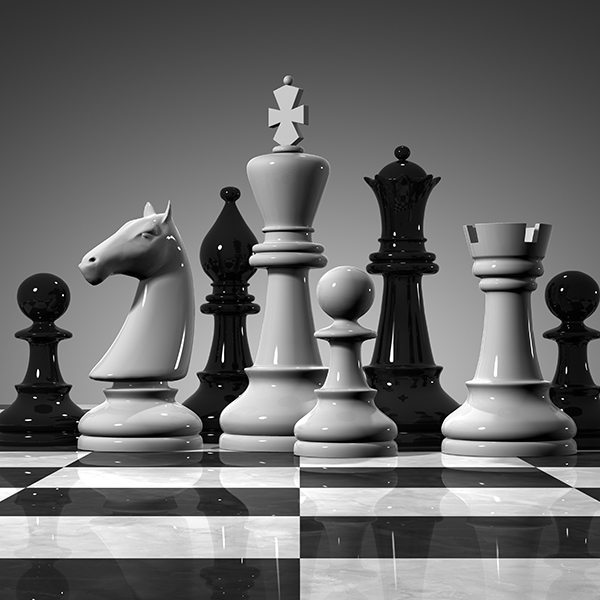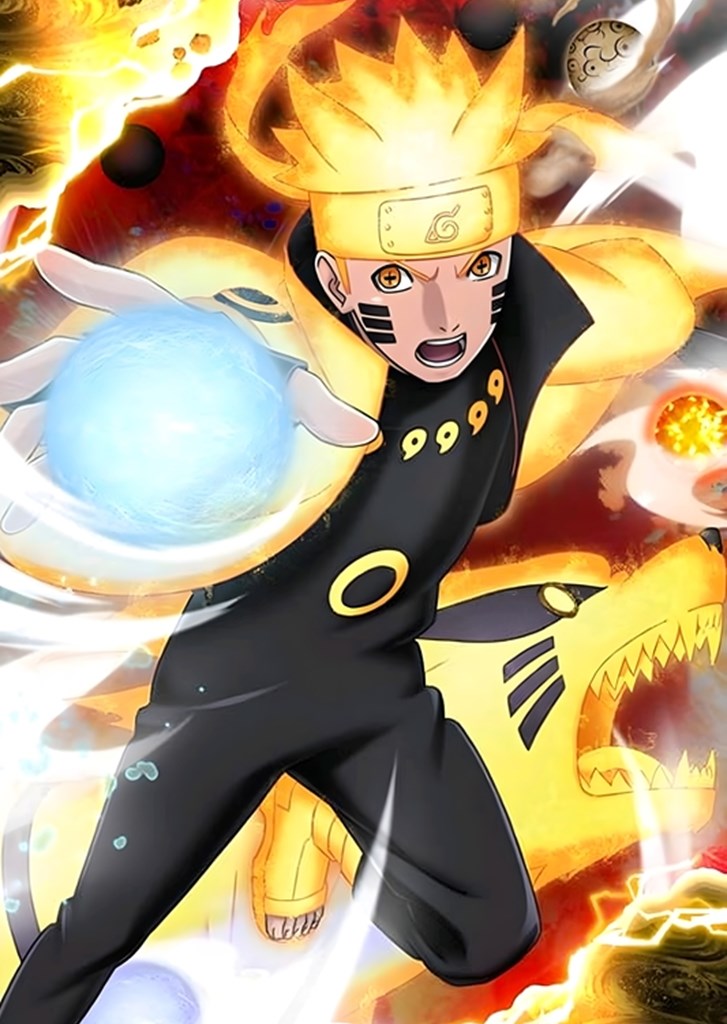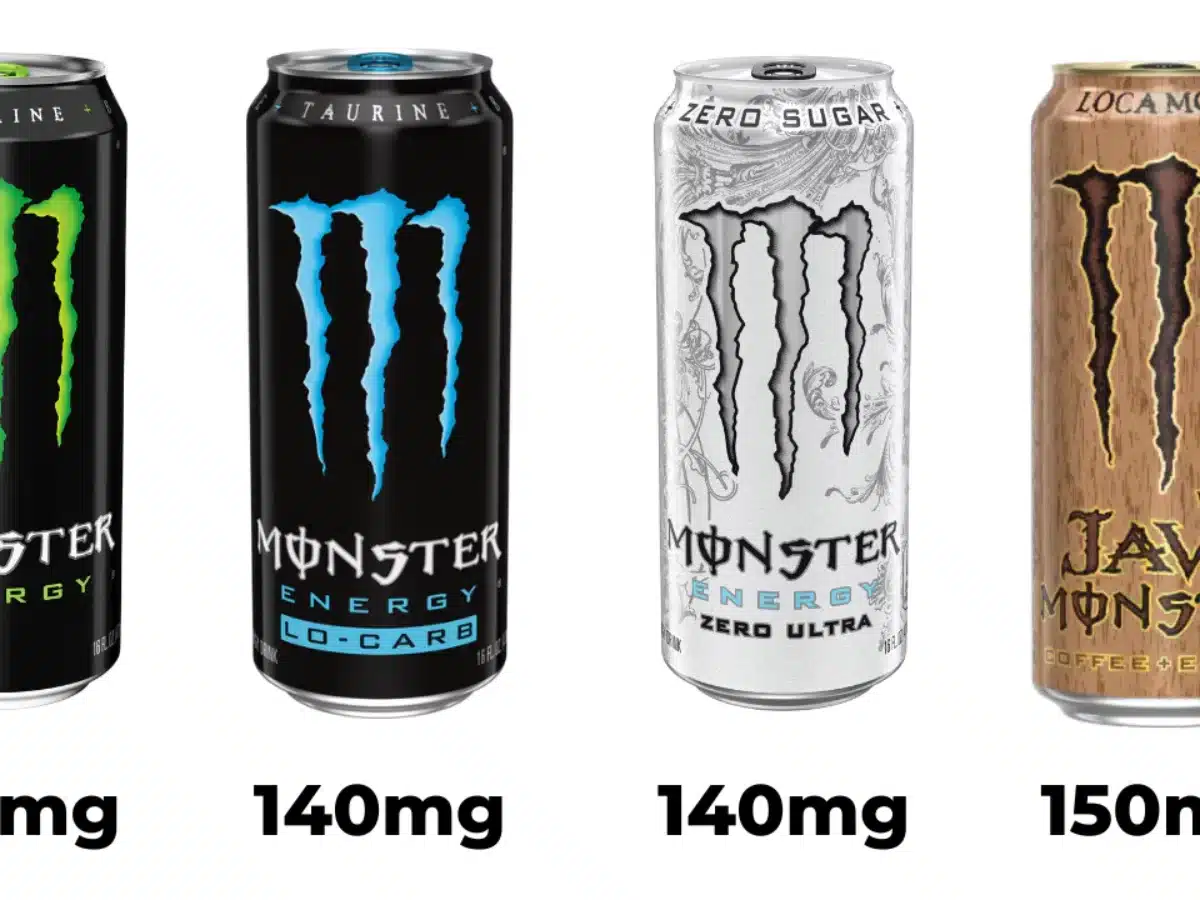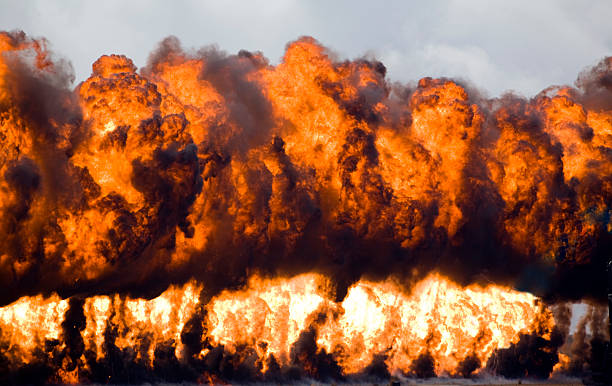Setting up a chess board is a simple task that can be mastered in just a few minutes. However, it can be quite challenging to set the chess board up. Once you know how to set up the board, you’re ready to start playing this classic game of strategy and tactics.
The goal of chess is to checkmate the opponent’s king. Checkmate occurs when the king is in a position where it can be captured and there is no way to escape.
How Do the Chess Pieces Move?
Each of the six chess pieces has its own unique movement pattern. Here is a summary of how each piece moves:
Pawn: Pawns can move one square forward, or two squares forward on their first move. They can only capture diagonally forward.
Rook: Rooks can move any number of squares horizontally or vertically.
Bishop: Bishops can move any number of squares diagonally.
Knight: Knights move in an “L” shape, two squares in one direction and one square in another. They are the only pieces that can jump over other pieces.
Queen: The queen is the most powerful piece on the board, and can move any number of squares horizontally, vertically, or diagonally.
King: The king can move one square in any direction. It is the most important piece on the board, but also the weakest.
Here are some additional rules about how pieces move:
Pieces cannot move through other pieces.
If a piece can move to a square that is occupied by an enemy piece, it can capture that piece. The captured piece is then removed from the board.
A king cannot be captured, but it can be put in check. Check is when the king is under attack by an enemy piece. The player whose king is in check must get the king out of check on their next move.
Castling is a special move that allows a player to move their king two squares to the side and then move their rook to the square next to the king. Castling is only allowed if the king and rook have not moved yet, there are no pieces between the king and rook, and the king is not in check.
What is the layout of a chess board?
A chessboard is a square gameboard with 64 squares arranged in an 8×8 grid. The squares are alternately light and dark, in a checkered pattern. The board is oriented such that each player’s near-right corner square is a light square.
The columns of the chessboard are known as files, and the rows are known as ranks. The lines of adjoining same-colored squares (running from one edge of the board to another adjacent edge) are known as diagonals.
The chess pieces are placed on the board as follows:
Pawns: Each player has eight pawns, which are placed on the second rank (row) of their side of the board.
Rooks: Each player has two rooks, which are placed in the corners of their side of the board.
Knights: Each player has two knights, which are placed next to the rooks.
Bishops: Each player has two bishops, which are placed next to the knights.
Queen: Each player has one queen, which is placed on the center square of its own color.
King: Each player has one king, which is placed on the remaining square of its own color.
Once the pieces are set up, the players take turns moving their pieces around the board according to the rules of chess.
The goal of the game is to checkmate the other player’s king, which means to put the king in a position where it can be captured and cannot escape.
What Is a Giant Chess Set?
A giant chess set is a chess set with pieces that are much larger than the standard size. Giant chess sets can be used both indoors and outdoors, and they are often used for promotional events, tournaments, and family gatherings.
Giant chess sets come in a variety of sizes, but the most common size is one where the king is 25 inches tall. The pieces in a giant chess set are typically made of plastic, but they can also be made of wood, metal, or other materials.
Giant chess sets are a great way to make chess more fun and accessible for people of all ages. They are also a great way to add a touch of excitement to any event.
Here are some of the benefits of using a giant chess set:
They are more fun and engaging. Giant chess sets are simply more fun to play than standard chess sets. The larger pieces are easier to see and move, and they make the game more immersive.
They are more accessible. Giant chess sets are a great way to introduce chess to people who have never played before. The larger pieces make the game easier to learn and understand.
They are a great way to get people moving. Playing giant chess requires a lot of walking and stretching, which can be a great way to get some exercise.
They are a great way to add excitement to any event. Giant chess sets are a great way to attract attention and generate excitement at any event. They can be used for tournaments, promotional events, and even just for fun.
If you are looking for a way to make chess more fun and accessible for everyone, then a giant chess set is the perfect solution.
How do you set up a king and queen in chess?
To set up a king and queen in chess, you should first place the queen on her own color square. The white queen goes on a light square, and the black queen goes on a dark square.
Next, place the king next to the queen on the opposite color square. For example, the white queen would go on d1, and the white king would go on e1. The black queen would go on d8, and the black king would go on e8.
The king and queen are the most important pieces in chess, so it is important to protect them early in the game. The queen is the most powerful piece on the board, and she can move any number of squares in any direction. The king is the weakest piece on the board, but he is also the most important, because if he is checkmated, the game is over.
Here are some tips for setting up your king and queen in chess:
Place your queen on her own color square. This will give her the most mobility and make her more difficult to attack.
Place your king next to the queen on the opposite color square. This will help to protect both pieces from attack.
Consider castling early in the game. Castling is a special move that allows you to move your king two squares to the side and then move your rook to the square next to the king. Castling can help to protect your king and put your rook in a more active position.
Be careful not to overextend your king or queen. If you move them too far forward, they will be more vulnerable to attack.
What Orientation of the Board is Correct?
The correct orientation of a board will depend on the specific board in question, as well as the context in which it is being used.
For example, a board of directors for a company will typically be oriented with the longest side of the board running horizontally, with the CEO and other senior executives seated at the head of the table. This orientation is designed to create a sense of formality and authority, and to make it clear who is in charge.
A board of education, on the other hand, may use a different orientation, such as a U-shape, in order to foster a more collaborative and inclusive environment. This orientation allows all board members to see each other easily and to participate fully in discussions.
In general, the best way to determine the correct orientation of a board is to consider the purpose of the board and the desired atmosphere. If the board is intended to be formal and authoritative, then a horizontal orientation is likely to be most appropriate.
If the board is intended to be more collaborative and inclusive, then a different orientation, such as a U-shape, may be a better choice.
Here are some additional factors to consider when determining the correct orientation of a board:
The size of the board: If the board is very large, a horizontal orientation may be the only way to accommodate all of the members.
The shape of the room: The shape of the room in which the board will meet may also limit the available options.
The purpose of the meeting: If the meeting is intended to be primarily for presentations, then a horizontal orientation may be best. If the meeting is intended to be more interactive and collaborative, then a different orientation may be more appropriate.
Ultimately, the best way to determine the correct orientation of a board is to experiment and see what works best for the specific group.
Where is the Queen Placed on the Chess Board?
The queen is placed on the d1 square (for white) or the d8 square (for black) at the beginning of the chess game. This means that the queen always starts on her own color.
A good way to remember this is the following mnemonic:
Queen gets her color
Another way to remember is to think about the fact that the queen is the most powerful piece on the board, and it is therefore fitting that she starts in a central position.
The queen is the most versatile piece in chess, and she can move any number of squares horizontally, vertically, or diagonally. This makes her a very powerful force in the game, and she is often used to attack the opponent’s king and other pieces.
Where is the King Placed on the Chess Board?
The King is placed on the e-file, on the opposite side of the board from the opposing king. White begins on e1, black on e8. This means that the King will always start on a square opposite its own color.
The King is the most important piece in chess, but it is also the weakest. If the King is put in checkmate, the game is over. For this reason, it is important to keep the King safe in the early and middlegame. However, in the endgame, the King can become a powerful attacking piece.
Here are some tips for where to place your King on the chessboard:
In the opening, castle to get your King to safety behind your own pawns.
In the middlegame, keep your King in a safe central location where it is supported by other pieces.
In the endgame, use your King to attack the enemy king and its supporting pieces.
It is also important to be aware of the f2 and f7 squares, which are known as the “weak squares.” These squares are only defended by one pawn each at the start of the game, and they can be easily attacked by enemy pieces.
With careful planning and placement, you can keep your King safe and give yourself a better chance of winning the game.
How Many Squares Does a Chess Board Have?
A chessboard has 204 squares.
This is because, in addition to the 64 1×1 squares, there are also 49 2×2 squares, 36 3×3 squares, 25 4×4 squares, 16 5×5 squares, 9 6×6 squares, 4 7×7 squares, and 1 8×8 square.
Another way to calculate this is to use the following formula:
Sum of squares of natural numbers up to n = n(n + 1)(2n + 1)/6
Where n is the number of rows or columns on the chessboard.
In this case, n = 8, so the sum of squares of natural numbers up to 8 is 204.
Conclusion
Chess is a complex and challenging game, but it is also very rewarding. With practice and knowledge on how to set up the board, you can improve your skills and become a better chess player.
References
- chess.com/how-to-set-up-a-chessboard
- chessily.com/chess-board-setup/
- regencychess.co.uk/how_to_set_up_a_chessboard
- enthu.com/how-to-setup-chess-board/





